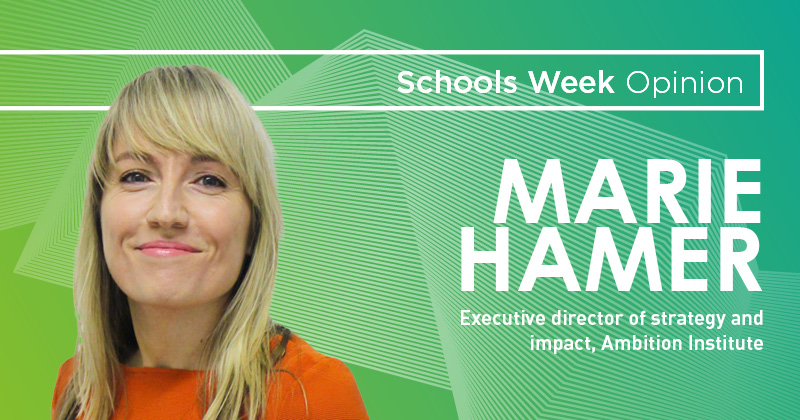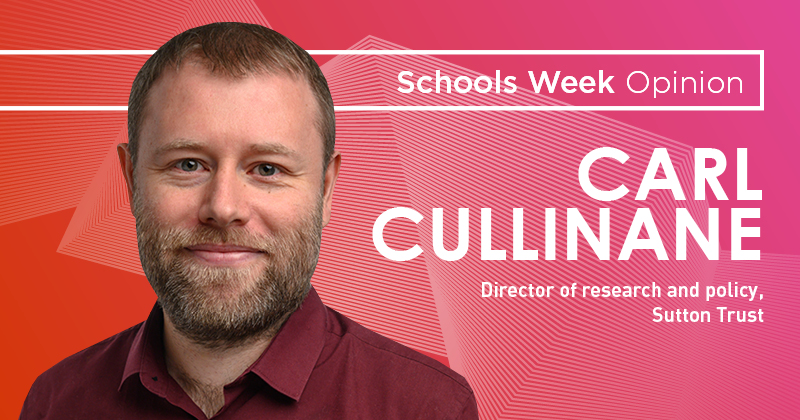The word ‘partnership’ is never far away from discussions about the benefits of independent schools. The idea is that these schools can benefit not just their own pupils but also pupils at other schools by sharing facilities, resources, training and activities. This idea, however, is somewhat nebulous and easily becomes controversial, particularly when the conversation turns to the obligations of their charitable status.
Views of independent-state school partnerships can be summarised into three groups.
The first is mostly made up of independent school supporters, who see them as commendable examples of charitable endeavour and mutual learning.
The second group views these partnerships more cynically, as a loose term used to dress up tick-box exercises in charitable language.
To the third group, perhaps the majority of people, ‘partnership’ means very little at all in this context. They would struggle to give a clear explanation of what independent-state school partnerships are, or what one might look like.
It should go without saying that most of the independent school sector cares about partnerships. The Independent Schools Council reported in their 2024 annual census that at least 9,248 partnership activities had taken place in the previous year, with at least one activity from over 1,000 of their 1,395 schools, and dozens from some.
Whatever the nature of these activities, that is a substantial number. But what is the nature of these activities?
Substantial effort has gone into making this clearer. We know, for example, that 790 of those 9,248 involve sporting fixtures, 627 involve independent school teachers sitting as governors at state schools, and 260 involve sharing swimming pools.
In reality, we have a complete breakdown according to the type of activity, but this does not really answer the whole question. What do the state schools involved think? Is the relationship sustained year-on-year? What impact do these partnerships have on the children at the respective schools?
Lack of clarity about this can only feed cynicism
Lack of clarity about this can only feed cynicism, making it easier for some to conclude that the so-called ‘partnerships’ are box-ticking exercises.
The Commission on the Future for Independent Schools, published this week by Civitas, outlines a vision for getting partnership right. The Commission argues that there is a compelling educational motivation for partnership work across the sectors, and outlines a long-term vision for what this could look like, as well as intermediary steps to get there.
Partnerships are relationships. To work effectively, they should be defined by four characteristics: who is in the relationship, what is its purpose, what does each party contribute, and what is the evidence of its benefits?
Answering these questions provides clarity. For instance, it is plain what it means when two schools say that they partner together to run joint Latin GCSE classes each year.
In keeping with this, partnership categorisation should be defined by the closeness of the relationships – the extent to which the partners work together. The Commission discusses four ‘types’ of partnership – first outlined in work by the Schools Partnership Alliance – that allow this categorisation.
Defining and reporting partnerships better is a necessary first step, but this alone would be an unambitious vision. The Commission also proposes new regional partnership databases, co-ordinated by DfE regional directors, where all partnership opportunities and requests can be uploaded onto an online platform.
This would allow schools looking for a partnership – either with an offer, a need, or preferably both – to find one. As well as substantially improving DfE data collection, this would reduce the barriers to entry and open the door for more state school pupils to access the great resources many independent schools are able to share. It would also generate a positive feedback loop, unlocking more opportunities.
Perhaps the best example of this is initial teacher training schemes. It is clear to teachers, as the Commission found in its consultation, that state and independent school teachers could learn from one another.
Independent school teachers often have a lot to learn from their state sector colleagues on classroom management, but can also have a lot to offer in terms of subject knowledge – especially in less-common subjects such as ancient languages.
Sharing training across the two sectors could be hugely beneficial in developing top teachers for every school. It’s also a strategy that could help to deliver the vision articulated by the new government of more specialist teachers in state schools.
Getting partnerships right is worthwhile, and it is possible to do it much better. Tightening the definition, normalising the reporting, and introducing a platform to share and find opportunities are three achievable and promising steps to deliver on that potential.
Read the full report from the Civitas Commission on the Future for Independent Schools here











